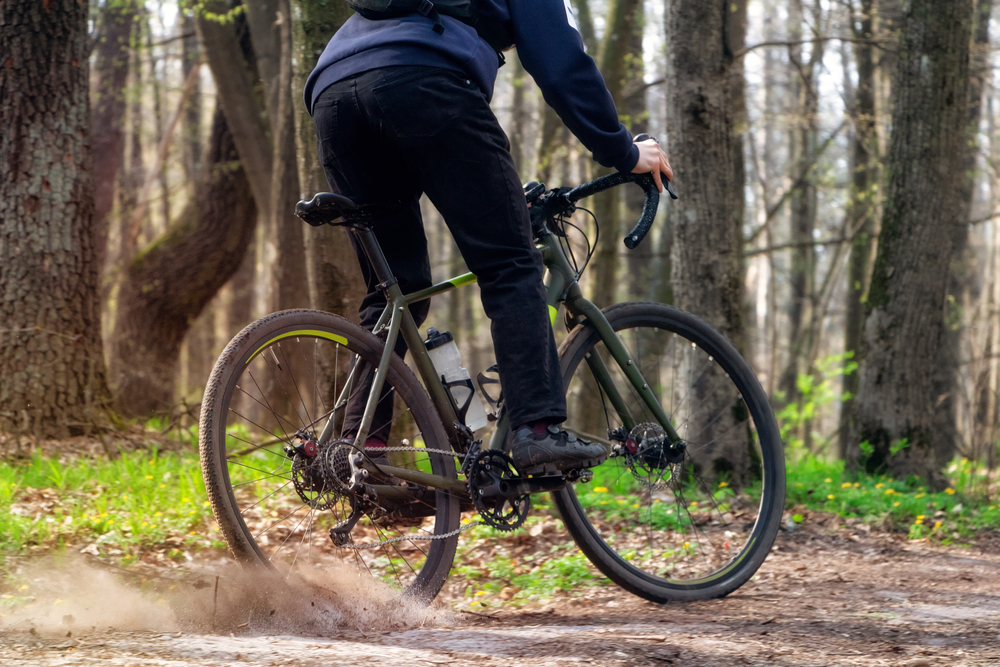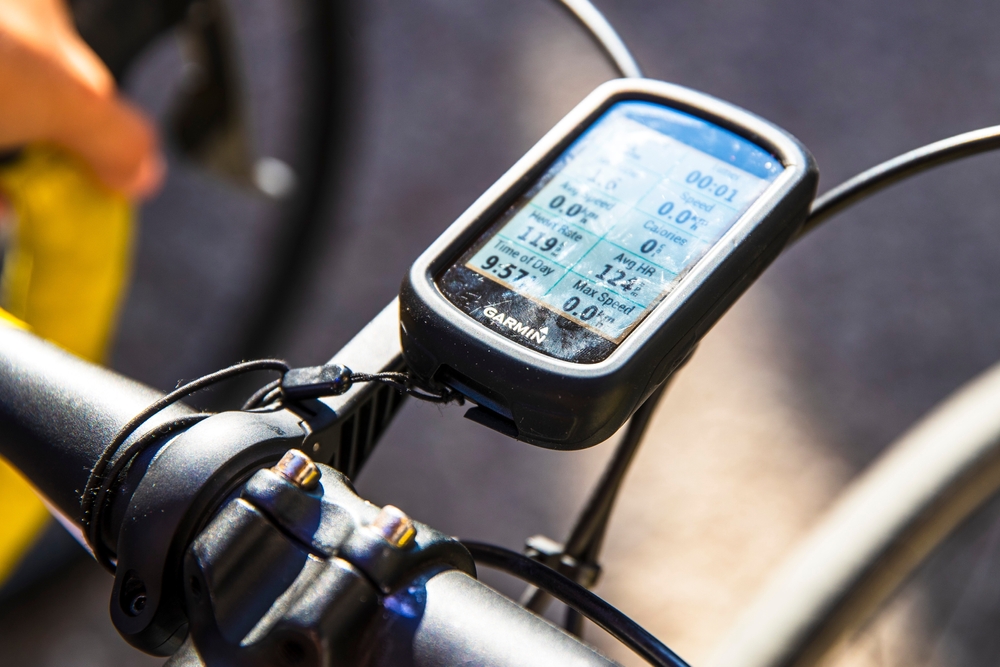Explore electric gravel bikes! Learn about motors, batteries, & features for off-road adventures. Find your perfect e-gravel bike for effortless riding.

Electric Gravel Bike: Everything You Need to Know
Electric gravel bikes are changing the way we think about cycling adventures. Combining the versatility of gravel bikes with the power of an electric motor, these bikes open new possibilities for riders. Whether you’re tackling rough terrains or commuting, these bikes offer a practical solution.
What is an Electric Gravel Bike?
An electric gravel bike (e-gravel bike) combines features from traditional gravel bikes and electric mountain bikes. It incorporates an electric motor to assist with pedaling, which can be particularly useful on uneven or challenging terrains. The motor provides assistance up to a certain speed, usually 20 mph (32 kph) or 28 mph (45 kph), depending on the regulations in your area.
Components and Features
The frame of an e-gravel bike is typically robust, often made from materials like aluminum, carbon fiber, or steel. This strength supports additional weight from the motor and battery. The geometry balances comfort and performance, enabling long rides on various terrains. Many e-gravel bikes feature a slanted top tube and shorter chainstays for better maneuverability.
Wide tires are essential for traction on loose and rough surfaces. E-gravel bikes usually have tires ranging from 35mm to 50mm in width. They often come tubeless-ready, reducing the risk of flats.
Suspension is not as common as in mountain bikes, but some models include front suspension forks or gravel-specific suspension systems to absorb shocks and vibrations. This provides a smoother ride experience.
Gearing systems vary but often consist of wide-range cassettes with one or two front chainrings. This provides the rider with the ability to handle both steep climbs and fast descents.
The Electric Drive System
E-gravel bikes feature a pedal-assist system, where the motor activates only when the rider pedals. There are three main types of motors: hub motors, mid-drive motors, and rear-drive motors.
- Hub Motors: These are located in the wheel hub, either front or rear. Hub motors are simpler and easier to maintain.
- Mid-Drive Motors: Located near the bike’s bottom bracket, these provide a more natural feel and improved balance. Mid-drive motors are often more efficient, especially on climbs.
- Rear-Drive Motors: Placed in the rear wheel hub, these offer a good balance between power and weight distribution.
The battery is another critical component. It is often integrated into the bike’s downtube for better weight distribution. Batteries are measured in watt-hours (Wh), with higher numbers indicating more energy and longer ranges. Common capacities range from 300Wh to 700Wh. Charging times vary depending on the battery size and charger used, typically taking between 2 to 6 hours.
Riding Experience
The riding experience on an e-gravel bike is marked by ease and excitement. The electric assist makes climbing hills or riding against the wind less strenuous. Riders can cover more distance without excessive fatigue, allowing for longer rides and exploration of new routes.
The pedal-assist function is typically controlled through a display unit on the handlebars. This unit also provides information such as speed, battery level, and distance traveled. Riders can switch between different levels of assistance, from eco modes that extend battery life to turbo modes for maximum power.
Gravel bikes inherently offer versatility, and the electric boost enhances this. Riders can transition seamlessly from paved roads to gravel paths, and even light trails. The wider tires and durable frame can handle obstacles like rocks, roots, and potholes.
Benefits
Electric gravel bikes offer numerous benefits. They provide a gateway for new cyclists who might be intimidated by the physical demands of traditional biking. Experienced riders also find value in the extended range and the ability to tackle more challenging terrains.
Commuters benefit from the electric assist, reducing sweat and fatigue on the way to work. E-gravel bikes can handle mixed commuting routes, blending urban streets with park paths or shortcut trails.
For recreational riders, these bikes open up possibilities for longer rides and adventures. They can explore more remote areas without worrying about the return trip being too exhausting. Environmental impact is another positive, as e-bikes produce no emissions and have a smaller carbon footprint compared to cars.
Maintenance
Maintaining an e-gravel bike is not substantially different from a traditional bike, but it involves additional components. Regular maintenance includes checking the tire pressure, brakes, and drivetrain.
The electric components require special attention. The battery should be charged regularly and stored properly, especially in extreme temperatures. It’s essential to keep the connectors clean and dry. The motor and electrical connections should be checked periodically by a professional, ensuring everything is in top working condition.
Frame and suspension maintenance follow standard bike care. Keeping the bike clean, especially after rides on dusty or muddy trails, prolongs its lifespan. Lubricating the chain and pivot points reduces wear and improves performance. Tire tread should be inspected regularly, replacing tires when they become worn.
Popular Models
Several manufacturers have developed noteworthy e-gravel bikes. These models combine innovation, performance, and reliability.
- Specialized Turbo Creo SL EVO: This bike offers a lightweight carbon frame, Future Shock 2.0 suspension fork, and a 320Wh battery. It’s designed for performance and comfort on varied terrains.
- Cannondale Topstone Neo Carbon: Featuring a Bosch Performance Line CX motor and a 500Wh battery, this bike is robust and capable. It includes a full carbon frame and Kingpin suspension system.
- Giant Revolt E+: Equipped with a SyncDrive Pro motor and an integrated 375Wh battery, this model balances power and endurance. It’s built with an aluminum frame and offers a comfortable ride.
- Yamaha Wabash RT: This bike provides a natural assist feel with its PWSeries ST drive unit. It comes with a 500Wh battery and a sleek aluminum frame design.
These models represent a blend of technology, engineering, and practical design. They cater to different riding preferences and budgets, ensuring there’s an option for almost every cyclist.
Buying Considerations
When choosing an electric gravel bike, consider a few key factors. First, assess your riding needs and goals. Understand what terrains you’ll be riding and how far you plan to go. This informs decisions about motor power, battery capacity, and bike features.
Assess the motor type. Mid-drive motors offer better performance on hills and trails, while hub motors are simpler and cost-effective. Evaluate the battery size; larger batteries provide more range but add weight and cost.
Don’t overlook comfort and fit. Ensure the bike’s geometry suits your body type and riding style. Test ride multiple models if possible, experiencing different motor systems and frame geometries. A proper fit reduces fatigue and enhances overall enjoyment.
Consider the bike’s weight. While electric assistance mitigates the impact of a heavier bike, a lighter model improves handling and transportation, especially if you need to carry it on public transport or up stairs.
Budget is another critical factor. Electric gravel bikes span a wide price range. Higher-end models come with advanced features and materials, while budget-friendly options still offer solid performance. Balance your desired features with your available funds.
The Future of Electric Gravel Bikes
The market for electric gravel bikes is expanding rapidly. Advances in battery technology promise longer ranges and shorter charging times. Motor systems are becoming more efficient and integrated, contributing to better overall bike designs.
Innovation continues with integrated components and smart technologies. Expect to see more bikes with built-in GPS, performance tracking, and smartphone connectivity. These tools enhance the riding experience by offering real-time data and route planning features.
Manufacturers are also focusing on customization. Riders will have more options to personalize their bike’s appearance, suspension settings, and gear configurations. Custom builds accommodate specific needs and preferences, creating unique riding experiences.
Sustainability is another growing trend. More companies are focusing on eco-friendly materials and processes, reducing the environmental impact of production. This shift reflects a broader commitment to responsible consumption and sustainable practices within the cycling community.
Education and accessibility are improving too. As more people discover the benefits of e-gravel bikes, communities and infrastructures adapt. Bike-friendly policies, dedicated trails, and charging stations support the increasing interest in electric cycling adventures.
Electric gravel bikes are here to stay. They offer a versatile, engaging, and sustainable way to explore varied terrains and enjoy the outdoors. Whether you’re a seasoned cyclist or a newcomer, these bikes provide an exciting means to experience the world on two wheels.






